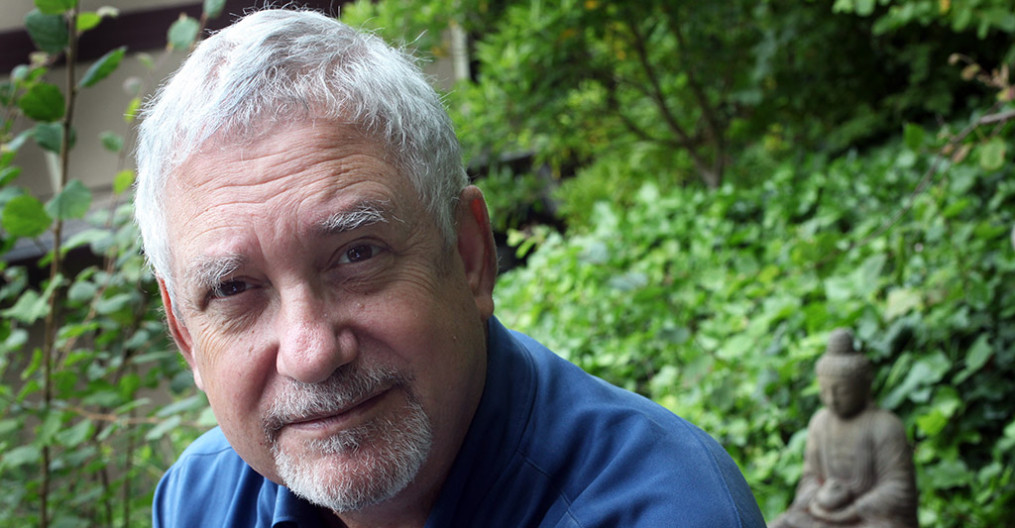My book Aging as a Spiritual Practice has been out for six years now, and has garnered a wide readership among Buddhists, Christians, leaders and members of aging study groups, and many others. The concept of aging as a spiritual path is still fairly new; my book is one of the few out there that really makes the case that the aging process itself has spiritual dimensions.
So as I resuscitate this blog for a new year and new look at this topic, I thought it might be good to begin by discussing why and how aging and spirituality go together. In my book I define “spiritual practice” as “paying attention to things that are really important.” This definition distances the word “spiritual” from any specific religious doctrine or approach, and focuses on the act of paying attention—which these days we call mindfulness. The notion that aging is something really important is significant too. The usual attitude toward aging is that it is something unpleasant that we simply have to endure, like going to the dentist. Certainly some aspects of aging are not pleasant, but the key to importance is rooted in where it eventually leads—to the end of life—and thus to the meaning and value of the life we have lived.
The bumper sticker “joke” about aging—“Life is hard and then you die”—draws its humor from the fact that we know its offhandedness is not true. Life is our greatest treasure, and mystery. Why are we alive? Where did we come from and where are we going? What is the point of it all? These are life’s biggest questions, and though they are not always uppermost in the turmoil of daily living, they are always there in the background. Aging approached with a mindful perspective brings these questions back to the fore. When we see the aging process as an opportunity to develop and burnish the texture of these questions, aging is not something unpleasant, it is something to be cherished. The ever increasing lifespan of current generations allows this spiritual investigation more time to mature than ever before.
Another aspect of mindful aging that is worth mentioning is that it is embracing, not aversive. So much of the literature about aging—magazine articles and many books—really focuses on how to avoid or postpone aging as long as possible. There are legions of advice specialists on exercise, health, wrinkle reduction, vitamins, virility potions, botox—on and on—whose implicit attitude toward aging is that it is like a scourge to be held at bay as long as possible. There is nothing wrong with wanting to look young and stay healthy—that is an aspect of aging awareness. But in the end aging is simply a fact, as well as an opportunity. Traditional societies—where there was no modern medicine and life expectancy was short—all offered rituals, ceremonies, and celebrations for life’s various stages, including elderhood. We lack these rites of passage in modern times, and need to recreate them for ourselves as best we can. To embrace aging is to celebrate life, and the loves and connections that a life well-lived can bring. This is the beginning of aging as spiritual life.
I should mention that I have begun planning for a second book on aging, this one targeted specifically to men. In doing the research for my first aging book, I discovered that men and women tend to approach aging differently. On the whole, women tend to do better with aging, partly because they talk about it more among themselves than men do. I think men (as well as the women who love them) could benefit from a book about their specific issues and difficulties around aging. As I post more of these blogs I will be talking about this more, and soliciting your comments and suggestions about men and aging.
